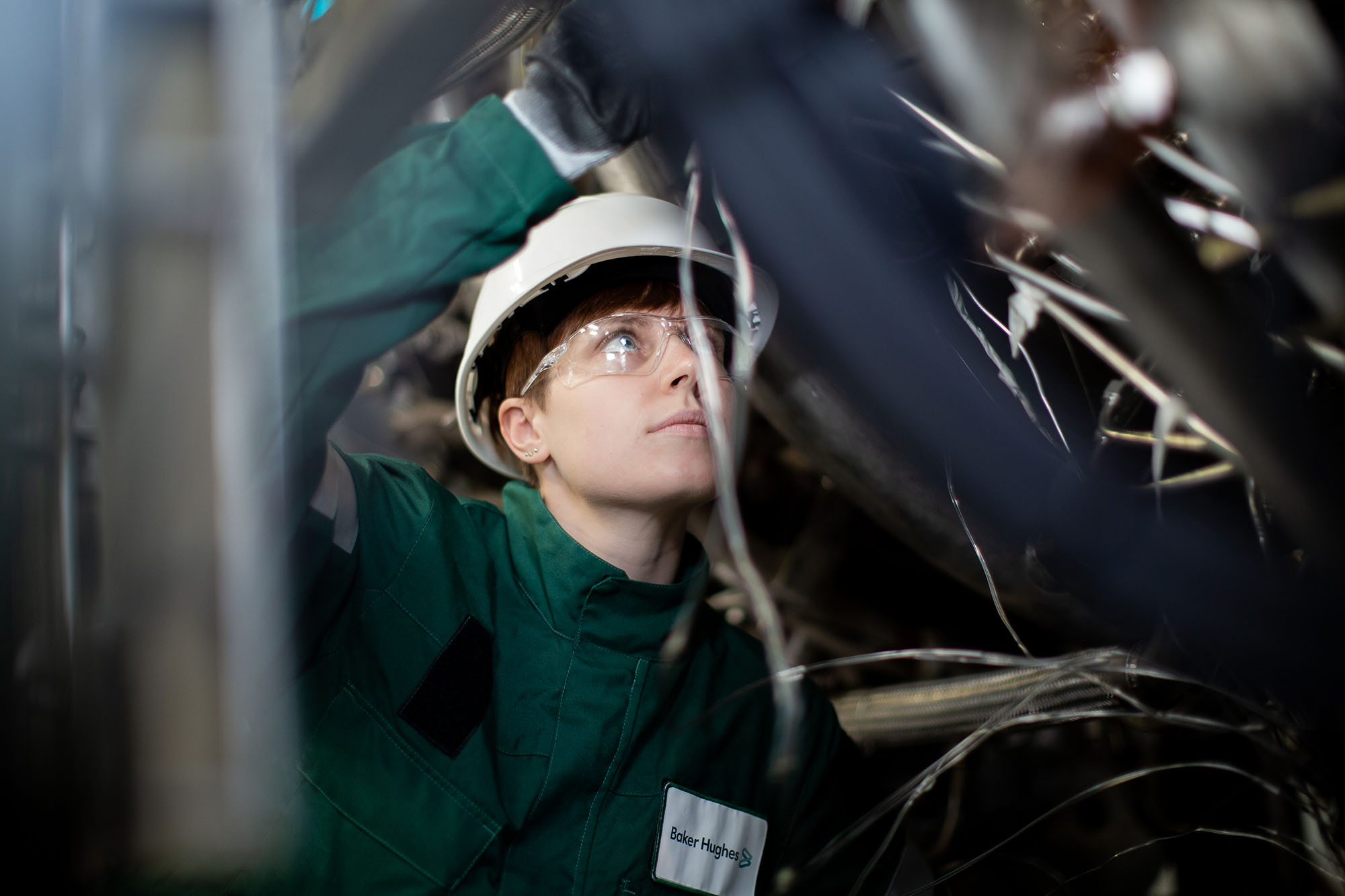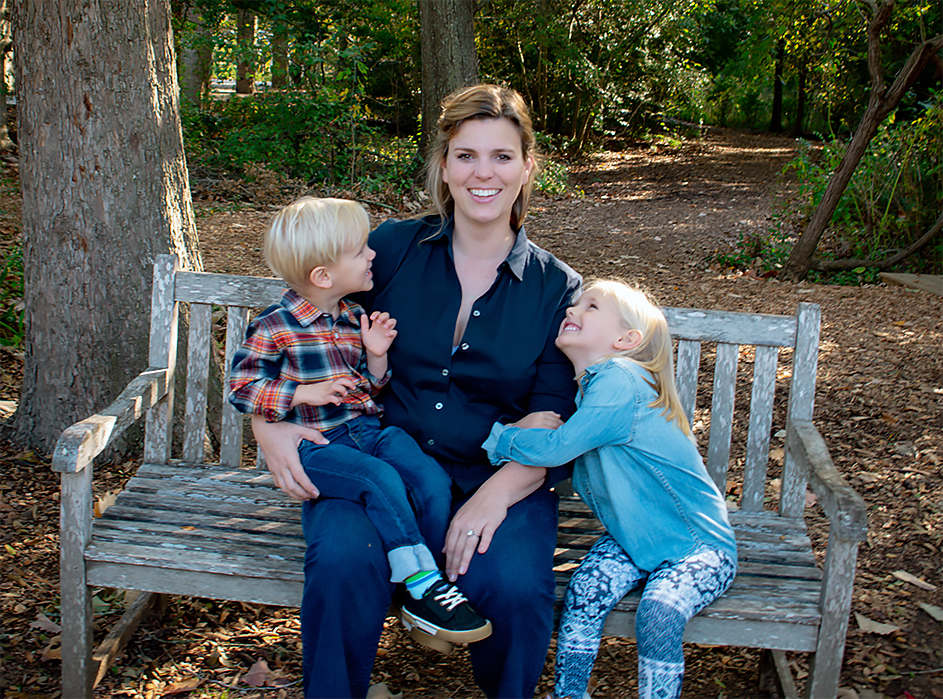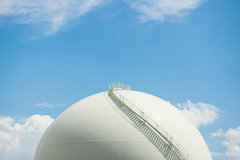Companies around the globe are getting to grips with emissions monitoring and reporting. Hiding high in supply chains and buried deep in customer use cases, Scope 3 emissions are the most elusive. Baker Hughes’ Emissions Excellence team has built a wealth of knowledge in scoping and accurately accounting for emissions over the past two-and-a-half years.Heidi Stehling, an industrial engineer with years of experience in all aspects of manufacturing at Baker Hughes, leads the group that is now in a position to foster an excellence-focused ecosystem — helping suppliers and customers to benchmark and reduce their greenhouse gas impacts on the planet.
I lead ourEmissionsExcellence team.We are the center of excellence for everything related togreenhouse gas emissions accounting.
Ourmainmission is to create processes and tools that enable the rest of the organization to calculate or account for greenhouse gas emissions across the entire value chainand across Scopes1,2, and3as defined by theGreenhouseGasProtocol. So that's all of the emissions from our operations,upstream of our operations, and downstream of our operations, inclusive of the emissions from everything that we purchase, as well as the in-use emissions of all the technologies and solutions that we sell to our customers.
Then some of myteam members are building a tool called theFast LCA —or life cycleassessment— which looksat cradle-to-grave greenhouse gas emissions forindividualproducts.Our Scope 3 is our customers’ Scope 1 and 2''.
Our Scope 3 is our customers’ Scope 1 and 2
Heidi Stehling, Emissions Excellence Leader, Baker Hughes
We also do deep emissions modeling. Our customers are increasingly interested in the greenhouse gas emissions of the products that we sell and the solutions and services we provide.Of course, ourScope3emissions, the emissions from the use of our products and services, equal our customersScope1and2emissions, around whichthey have madeaggressive commitments. So, our modeling helps our customers accurately assess their emissions.

It is a really exciting space, and Baker Hughes has two teams dedicated to the area of emissions.The emissions management team, led by Ben Linke, develops and applies our technologies to help the industry detect and reduce emissions, such asLumen Terrain, Lumen Skyandflare.IQ.And then there is my team which is looking after the accounting of the emissions.
Baker Hughes does have a leadership position on emissions, bothamongitspeers and in the industry in general.We consult with leaders attheGreenhouseGasProtocoland theScience-BasedTargetsinitiative(SBTi) about what we’re doing because it's so very new, and we’re all wrestling with the ambiguities.
It's a paradox, really, because the idea is to measure and establish a baseline so that you can quickly act to reduce emissions.That is, there’sno sense in understanding what all of your emissions are anddoing itwith a consistent methodology if your intention is not to reduce.But it's all so new thatsometimes we’refiguring out how to do it to a standardwhilewe'realreadyreducing.
Baker Hughes hasbeen reportingitsgreenhouse gas emissions to theCarbonDisclosureProject for 11 years. At our Annual Meeting in January 2019, Lorenzo Simonelli, Chairman and CEO of Baker Hughes, announced the company’s承诺,一致的标准isAgreement — toachieve net-zero greenhouse gas emissions by 2050, with a 50% reduction by the year 2030.With that, we all became energized to develop methodologies that would allow us toreport truthfully on our emissions reductions,and this team quickly came together.Its remit then rapidlyexpanded beyondScopes 1 and 2, which encompass everythingwithin Baker Hughes’operational control, such asemissions from our factories, our fleet of vehicles,andelectricity consumptionofour facilities; and moved beyond to include everything from oursuppliersto the use of our products and even the treatment and the disposalof those products,or what happens afterthey reach the end of theiruseful life.

Emissions reduction isimportanttobeing a good steward to the environment and our precious planet. It's also amajorcompetitive advantage for Baker Hughes. We're solving a really big problem, and we're helping our customers to do it.We help themunderstand what they're purchasing and their environmental impact from purchasing our productorsolution. We talk about how we canwork togetheronthe application or the use of our products and solutionsand developreally exciting technological advances — for example, howtheycan use cleaner fuel blends and otherwise reduce emissions from our solutions.
Our focus is to build out a robust process by which we can establish a baseline for all greenhouse gas emissions across the entire value chain and then identify and drive action to reduce emissions.
TheGreenhouseGasProtocol,to which we align, aims to provide guidance for accounting of Scopes 1, 2, and 3, but the standard doesn’t yet covereverything. There's really important workto be done to define saved andavoided emissions.As an industry,we cancome together and establishthe best way tocalculate anddefine those two categories becauseif we're all measuring in different ways, without consistency, then where's the validity?Your reportingdoesn't hold water.
There's really important work to be done to define saved and avoided emissions. As an industry, we can come together and establish the best way to calculate and define those two categories.
Heidi Stehling, Emissions Excellence Leader, Baker Hughes
So far, Baker Hughes hasreported on just a partof our Scope3 emissions — the part we understand well. Veryimportantly, we'renowgoing out every day across the organization and partnering with everybody across the entire value chain to understand the full的程度范围3。这是至关重要的baselining workthat also allows us to identifythe hotspots: we mightdiscover that we need to engage withasteel manufacturer because there are a lot of emissions fromthe processing of the raw material, or we identify that hiring all-electric cars forbusiness travel instead of internal-combustion-engine vehicles can have a significant effect on our carbon footprint, orwe see it will make a difference to fast-tracktheadaptation of our gas turbines to use higher concentrations of cleanhydrogen in the fuel blendsthat drive them.
The most important work we're doing today is in understanding, and then this data can inform the business so that we can set targets around Scope 3 and really drive the action.
I have a four-year-old daughter, and she's very interested in ensuring that things go in the recycle bin and the compost bin andthat the car engine stops when we’re paused at a traffic light or waiting for something. It's exciting nowto be able to talk to her about my role in Emissions Excellence: that I'm working on reducing the pollutionreleased intothe environment, just like we doin our lives at home, and she says, “Oh yeah. That’s really cool.”
My personal passion isaround the work we're doing on Scope 3 with our suppliers and the emissions from our factories inside Baker Hughes’operations.Thefirst 14 years of mynow almost16-year career were all steel-toed boots and jeans on the factory floor,where I workedas a manufacturing engineerwith a team of machinists.I have a real loveofbeing on the shop floor and coming together with our suppliers because our suppliers are an extension of Baker Hughes. We certainly can'teffectively reduce our emissions on our own. So this inclusion and really tackling such an important problem together, that's the passion I have when I wake up in the morning.
Energy Forward Stories
Sign up to stay up to date on the latest innovations and people shaping the future of our industry.





